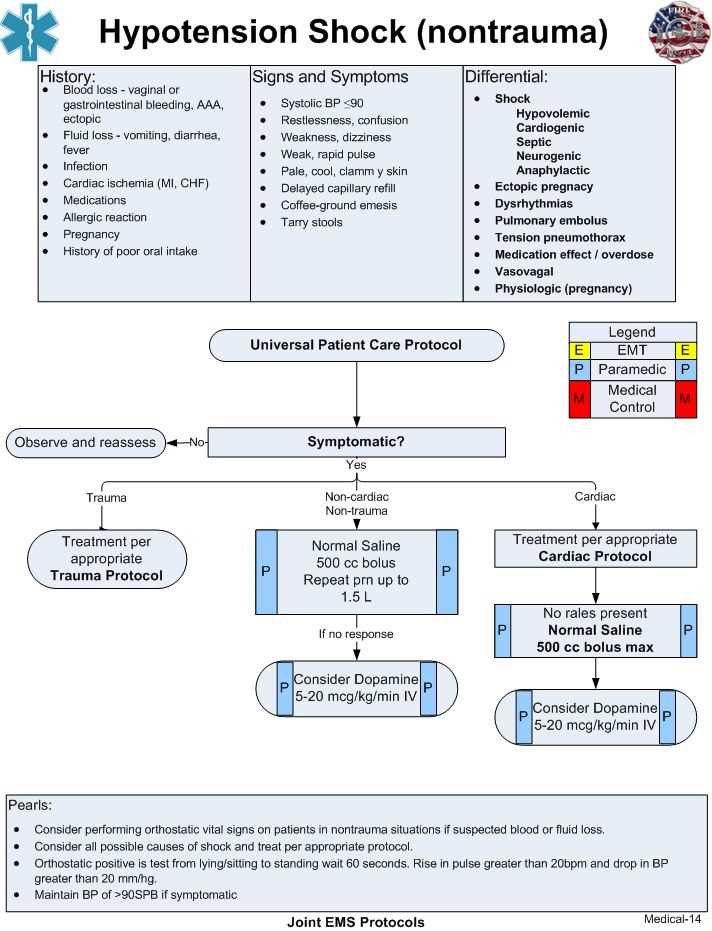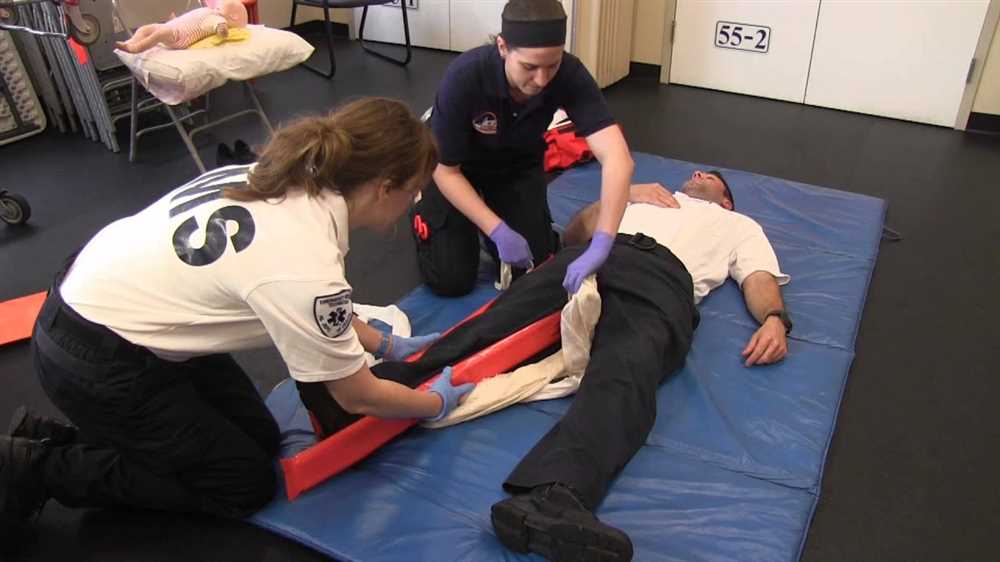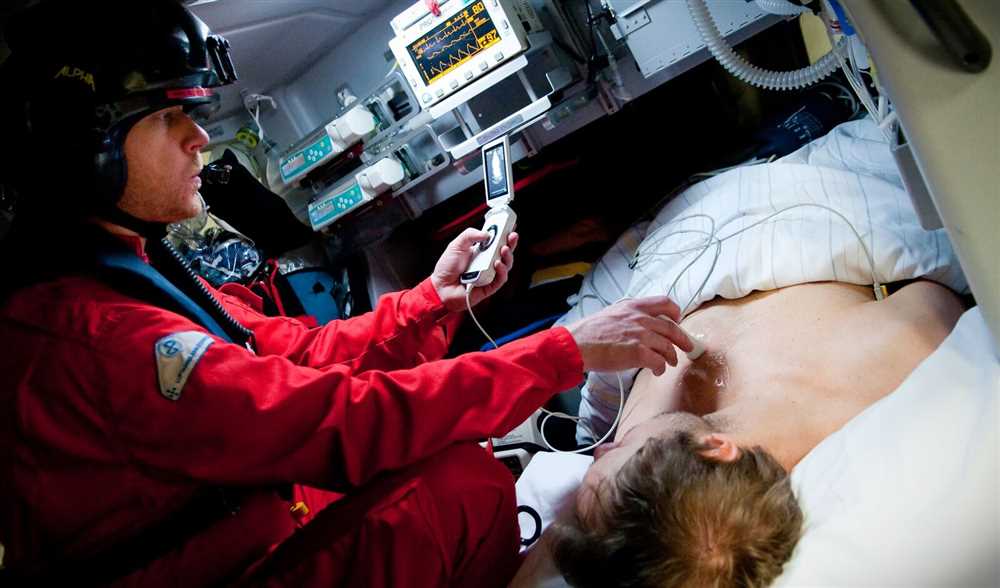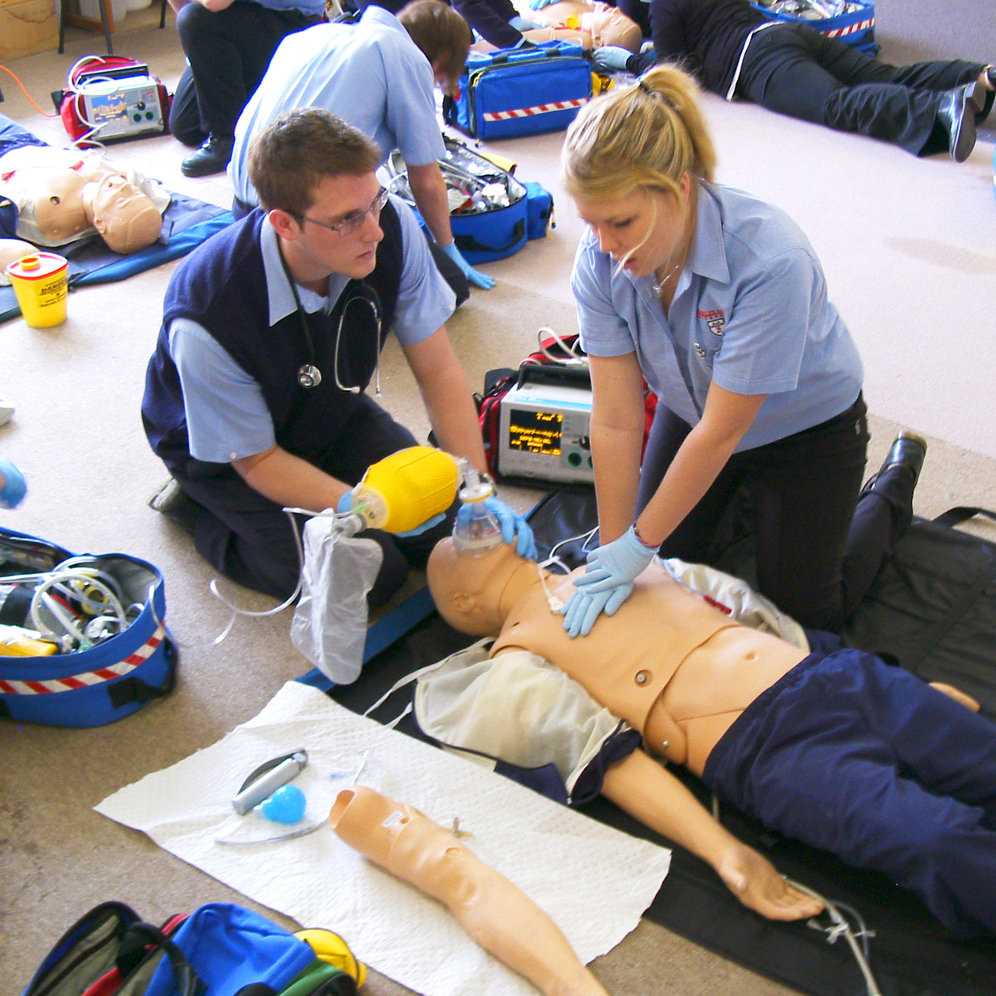
An EMT trauma test is a standardized examination that evaluates the knowledge and skills of EMTs in managing trauma cases. This test is designed to assess the ability of EMTs to respond effectively to various traumatic injuries, such as fractures, burns, and head injuries.
The EMT trauma test covers a wide range of topics related to trauma care, including patient assessment, airway management, bleeding control, and immobilization techniques. It requires EMTs to demonstrate their understanding of anatomy, physiology, and medical terminology, as well as their ability to apply that knowledge in real-world scenarios.
By passing the EMT trauma test, EMTs demonstrate their competence in providing immediate care to trauma patients and ensuring their stabilization before they can be transported to a medical facility. This test is essential in ensuring that EMTs are equipped with the necessary skills to respond quickly and effectively in life-threatening situations.
EMT Trauma Test

EMT trauma tests are designed to assess the knowledge and skills of emergency medical technicians in responding to and managing traumatic injuries. These tests are an integral part of the EMT certification process and are used to ensure that EMTs are competent and capable of providing proper care to trauma patients.
During the trauma test, EMTs are presented with various scenarios that mimic real-life trauma situations. They are evaluated on their ability to quickly assess the patient’s condition, prioritize treatment, and provide appropriate interventions. The test may include scenarios such as car accidents, gunshot wounds, falls, and other traumatic injuries.
- Assessment: EMTs must demonstrate their proficiency in conducting a thorough assessment of the trauma patient, including checking vital signs, assessing the level of consciousness, identifying any visible injuries, and determining the mechanism of injury.
- Treatment: EMTs must demonstrate their ability to provide immediate and appropriate treatment to trauma patients, including controlling bleeding, immobilizing fractures, administering oxygen, and managing airway and breathing.
- Communication: EMTs must effectively communicate with the patient, their family members, and other healthcare professionals to ensure a coordinated and efficient response to the trauma incident.
The EMT trauma test evaluates not only the EMT’s knowledge and skills but also their ability to remain calm and focused in a high-stress environment. It is important for EMTs to be able to make quick decisions and provide effective care to trauma patients, as every second counts in these critical situations.
Understanding EMT Trauma Test: What is it?
EMT trauma test is a specialized examination designed to assess the knowledge, skills, and competency of emergency medical technicians in managing and treating traumatic injuries. EMTs play a crucial role in the pre-hospital care of trauma patients, and this test evaluates their ability to provide immediate medical assistance in high-stress situations. The test covers various aspects of trauma assessment, triage, treatment, and transportation, ensuring that EMTs are well-prepared for the challenges they may encounter in the field.
This comprehensive test consists of written and practical components, allowing candidates to demonstrate their theoretical understanding as well as their practical application of trauma management techniques. The written portion typically includes multiple-choice questions that assess the EMT’s knowledge of trauma anatomy, pathophysiology, and treatment protocols. The practical component focuses on the candidate’s ability to perform critical skills, such as controlling bleeding, immobilizing fractures, and providing airway management.
The EMT trauma test covers a wide range of topics, including:
- Assessment of trauma patients
- Triage and prioritization of injuries
- Management of life-threatening bleeding
- Airway management and ventilation
- Resuscitation techniques
- Spinal immobilization
- Management of fractures and dislocations
- Handling burns and traumatic wounds
- Transportation considerations for trauma patients
By successfully passing the EMT trauma test, candidates demonstrate their competence in providing critical care to trauma patients and ensuring their safety during transportation to a hospital or trauma center. This test serves as a vital evaluation tool for EMTs, helping to ensure that they are prepared to handle the challenges and demands of trauma care in the field.
Importance of EMT Trauma Test: Saving Lives
The EMT trauma test plays a crucial role in saving lives during emergency situations. This test evaluates the knowledge, skills, and abilities of emergency medical technicians (EMTs) when it comes to handling trauma cases. Traumas are often life-threatening and require immediate medical intervention. Therefore, it is essential for EMTs to be well-prepared and capable of making quick and effective decisions.
The EMT trauma test ensures that EMTs are equipped with the necessary knowledge and skills to provide prompt and appropriate care for trauma patients. It covers various aspects, including assessing the severity of injuries, administering first aid, stabilizing patients, and transporting them safely to medical facilities. By passing this test, EMTs demonstrate their competence in providing critical care to trauma patients, which can significantly impact the outcome of their treatment.
One of the key benefits of the EMT trauma test is its ability to identify areas of improvement for EMTs. Through this test, EMTs can assess their proficiency in trauma management and identify any gaps in their knowledge or skills. This allows them to focus on further training and education, ensuring they stay updated with the latest advancements in trauma care. By continuously improving their expertise, EMTs can enhance their ability to save lives and provide better outcomes for patients.
- The EMT trauma test also plays a vital role in maintaining a high standard of care in the field of emergency medicine.
- It serves as a benchmark for evaluating the competency of EMTs, ensuring that they meet the required standards set by regulatory bodies and medical organizations.
- By setting a high standard through the trauma test, it helps promote professionalism and accountability among EMTs, ultimately benefiting patients and the healthcare system as a whole.
In conclusion, the EMT trauma test is of utmost importance in saving lives during trauma emergencies. It ensures that EMTs possess the necessary skills and knowledge to provide prompt and effective care. Moreover, it serves as a tool for self-assessment and continual improvement, enabling EMTs to enhance their proficiency in trauma management. By upholding high standards of care, the trauma test contributes to the overall quality of emergency medical services and positively impacts patient outcomes.
EMT Trauma Test Preparation: What You Need to Know
Preparing for the EMT trauma test is essential for anyone pursuing a career as an Emergency Medical Technician. This test evaluates your knowledge and skills in handling trauma cases, which are often critical and time-sensitive. To ensure success on the test, there are a few key things you need to know.
1. Understanding Trauma Categories: One of the first things you should focus on during your preparation is familiarizing yourself with the different categories of trauma. This includes understanding the mechanisms of injury, signs and symptoms, as well as appropriate prehospital interventions for each category. Some common categories include head trauma, chest trauma, abdominal trauma, and extremity trauma.
2. Memorizing Patient Assessment Protocols: Another crucial aspect of the EMT trauma test is mastering patient assessment protocols. You will be tested on your ability to quickly and systematically assess trauma patients, prioritize treatment, and communicate effectively with other healthcare providers on scene. Memorizing the sequence and components of these protocols, such as the primary and secondary survey, is essential for success.
3. Practicing Hands-on Skills: In addition to theoretical knowledge, the EMT trauma test also evaluates your hands-on skills. These may include performing basic life support techniques, controlling bleeding, immobilizing fractures, and applying splints. Regular practice and repetition of these skills will help you build confidence and improve your performance on test day.
4. Reviewing and Analyzing Case Studies: To enhance your critical thinking and decision-making abilities, it is advisable to review and analyze trauma case studies. This will expose you to real-world scenarios and help you understand the complexities of trauma management. Pay close attention to the initial assessment, interventions, and outcomes of each case, as this will help you develop a holistic approach to handling trauma cases.
5. Simulating Test Scenarios: Finally, consider participating in trauma test simulations to simulate the actual test environment. This will help you familiarize yourself with the time constraints, pressure, and decision-making required during the test. Collaborating with fellow EMT students or instructors to create realistic scenarios can significantly improve your test readiness.
By focusing on these key aspects and dedicating sufficient time for studying and practice, you can increase your chances of success on the EMT trauma test. Remember to stay calm, confident, and well-prepared on test day, as this will greatly impact your performance and ability to handle trauma emergencies in real-life situations.
Components of the EMT Trauma Test
When assessing an EMT’s readiness to respond to trauma situations, the EMT Trauma Test evaluates several key components. These components include knowledge of anatomy and physiology, understanding of trauma assessment and management, proficiency in trauma skills, and ability to prioritize care.
Anatomy and Physiology: A strong understanding of human anatomy and physiology is essential for any EMT responding to a trauma situation. EMTs must be able to quickly identify and locate important organs and structures, as well as understand their functions. This knowledge allows them to accurately assess and treat trauma patients.
Trauma Assessment and Management: EMTs must be skilled in performing rapid and systematic trauma assessments. This involves quickly identifying life-threatening injuries and prioritizing care accordingly. EMTs should also be knowledgeable in the appropriate management and treatment of various types of trauma, such as fractures, burns, and head injuries.
Trauma Skills: The EMT Trauma Test also evaluates an EMT’s proficiency in performing various trauma skills. This can include techniques such as airway management, bleeding control, splinting, and wound care. EMTs must demonstrate the ability to safely and effectively perform these skills in a high-stress environment.
Priority Care: Finally, the EMT Trauma Test assesses an EMT’s ability to prioritize care in a trauma situation. EMTs must understand the concept of triage and be able to quickly determine the severity of injuries in order to allocate resources appropriately. This may involve making difficult decisions about which patients to treat first based on the severity and urgency of their conditions.
Overall, the EMT Trauma Test is designed to ensure that EMTs have the necessary knowledge, skills, and abilities to effectively respond to trauma situations. By evaluating these key components, the test helps to ensure that EMTs are prepared to provide the highest level of care to trauma patients in emergency situations.
Tips for Successfully Passing the EMT Trauma Test

In order to successfully pass the EMT trauma test, it is crucial to have a solid understanding of the material and be prepared for the challenges that lie ahead. Here are some tips to help you ace the test:
1. Study the Anatomy
One of the key components of the EMT trauma test is understanding the human anatomy. Make sure to thoroughly study the different body systems, including the skeletal, muscular, cardiovascular, and respiratory systems. Familiarize yourself with the names, functions, and locations of major organs, bones, and muscles. This will help you identify injuries and provide appropriate care to trauma patients.
2. Know the Signs and Symptoms
Recognizing the signs and symptoms of various injuries and medical conditions is essential for an EMT. Pay close attention to common indicators, such as abnormal breathing, reduced responsiveness, severe bleeding, fractures, and shock. Understand how different injuries affect the body and be able to quickly assess the severity of the situation.
3. Practice Scenario-Based Questions
The EMT trauma test often includes scenario-based questions where you are required to apply your knowledge to real-life situations. Practice answering questions that involve prioritizing care, making quick decisions, and providing appropriate treatment. This will help you develop critical thinking skills and improve your ability to handle emergency situations.
4. Review Protocols and Procedures

It is important to familiarize yourself with the protocols and procedures specific to your region or agency. Understand the steps you need to take in various emergency situations, such as managing airway obstruction, controlling bleeding, and stabilizing fractures. Review your agency’s guidelines and be prepared to follow them during the test.
5. Take Practice Exams

Practice exams are a great way to assess your knowledge and identify areas where you need improvement. Take advantage of online resources that offer sample questions and practice tests. Take these exams under timed conditions to simulate the actual test environment and work on your time management skills.
By following these tips and putting in the necessary effort, you can increase your chances of successfully passing the EMT trauma test. Remember to stay calm, manage your time effectively, and trust in your training. Good luck!
EMT Trauma Test Format and Structure
The EMT trauma test is a crucial component of the EMT certification process, as it assesses the candidate’s knowledge and skills in handling traumatic injuries. The test is designed to evaluate the candidate’s ability to recognize and manage various types of trauma and prioritize care effectively. Understanding the format and structure of the EMT trauma test can help candidates prepare better and increase their chances of success.
The EMT trauma test typically consists of multiple-choice questions that cover a wide range of trauma-related topics. These questions may include scenarios, images, or videos, presenting the candidate with a realistic situation that requires quick decision-making and the application of appropriate trauma management techniques. Candidates must be prepared to answer questions related to the assessment, treatment, and stabilization of various traumatic injuries, including fractures, burns, head injuries, and more.
It is essential for candidates to have a solid understanding of anatomy, physiology, and pathophysiology relevant to trauma, as well as an in-depth knowledge of trauma assessment and management protocols. The test may also include questions on triage, transportation, and communication with other healthcare professionals. Candidates must demonstrate their ability to think critically, make sound judgments, and apply their knowledge effectively in high-pressure situations.
Preparing for the EMT trauma test requires a comprehensive review of the trauma-related content covered in the EMT curriculum, as well as practice with sample test questions. Candidates should consider utilizing study guides, textbooks, online resources, and simulation exercises to enhance their understanding and retention of the material. Additionally, participating in hands-on training and clinical experiences can provide valuable practical skills and reinforce theoretical knowledge. By dedicating time and effort to preparing for the EMT trauma test, candidates can increase their confidence and readiness to handle traumatic emergencies in real-life situations.